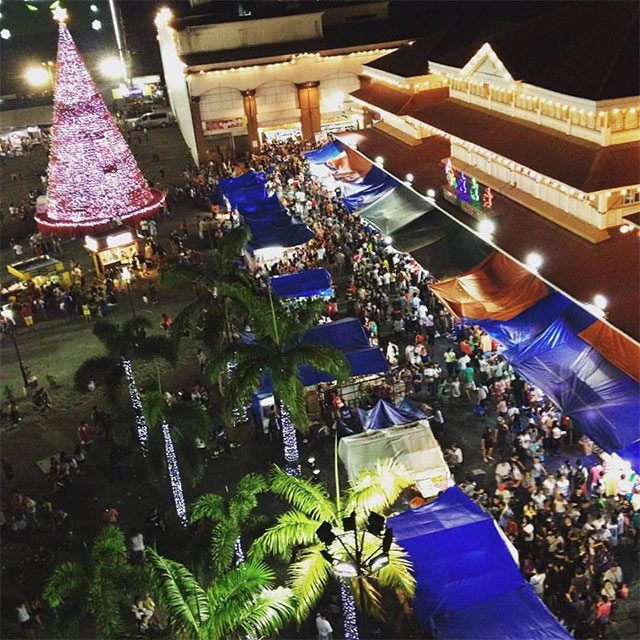SUMMARY
This is AI generated summarization, which may have errors. For context, always refer to the full article.

MANILA, Philippines – The renewed sense of confidence Filipino consumers have displayed in recent years has been boosted even more for the holiday period, according to the Bangko Sentral ng Pilipinas (BSP).
Results of the 2016 Q4 Consumer Expectations Survey (CES) released by the BSP on Friday, December 9, showed that the overall confidence index (CI) rose to a new all-time high of 9.2% from 2.5% for Q3 2016.
This, the BSP noted, is the second straight quarter that consumer confidence registered a positive reading, in which the number of households with an optimistic view outnumbered those with negative views.
The CI is computed as the percentage of households that answered in the affirmative less the percentage of households that answered negatively on each indicator.
Factors behind the boost
The main reasons residents gave for their improved optimism in Q4 were certain government policies, notably the promise to stop “endo” or contractualization as well as the expectation of higher salaries and more available jobs.
A report released last October by the Department of Labor and Employment (DOLE) showed that 10,532 workers have been regularized by 195 employers. The DOLE had said it is on track to meet its goal of halving contractualization by the end of the year and eradicating it by the end of next year.
A July report by the National Economic and Development Authority (NEDA) also showed that employment has hit its highest point since 2011.
The continued implementation of the Pantawid Pamilyang Pilipino Program (4Ps), the entry of the Duterte administration, perceptions of less corruption, the anti-drug campaign, and the streamlining of government services also gave confidence a boost.
Furthermore, confidence across all 3 components rose for Q4 with the strongest increase seen in the economy, followed by family income and individual family situations.
Confidence for Q4 also increased despite respondents anticipating inflation to rise to 2.7% for Q4 2016 from the 1.8% inflation rate expected in the Q3 2016 survey, and despite more respondents expecting interest rates to rise and the peso to weaken against the US dollar over the next 12 months.
The brighter consumer outlook for Q4 was also generally observed across all income groups despite the percentage of households with savings declining slightly to 32.6% from 33.1% in the previous quarter’s survey.
Less confident about 2017
Consumers, however, showed they are less confident about Q1 2017. The CI for the next quarter declined to 18.8% from 27.3% a quarter ago. Confidence for 2017 as a whole also weakened with the CI falling to 33.4% from 43.8%.
The commonly cited reasons for the decrease in optimism were the expected higher inflation, continued extrajudicial killings, lower income, an unstable market, and fewer foreign investors.
For both periods, consumers’ views on all 3 indicators turned less optimistic, with the CI on the economic condition of the country recording the biggest decline quarter-on-quarter due to the weakening peso plus the peace and order situation creating market instability.
For 2017, consumers from the low- and middle-income groups were less optimistic across all component indicators while the high-income group was more upbeat on family finances and family income but less positive on the country’s economy.
Forward-thinking OFW households
The BSP also pointed out that households are increasingly becoming forward-thinking when it comes to using OFW remittances.
The survey included 500 households that received remittances. Of that number, the proportion that set aside part of their remittances for savings rose to 46.8% from 39.6% a quarter ago, and for investment, 10%, from 3.8% in the previous quarter’s survey.
The 2016 Q4 CES was conducted from October 3 to 14. Of the 5,836 households that participated, 51.3% were from Metro Manila.
Nearly half of the respondents or 45.7% were from the low-income group while 39.5% were classified as middle-income and 14.9% came from the high-income group. – Rappler.com
Add a comment
How does this make you feel?
There are no comments yet. Add your comment to start the conversation.